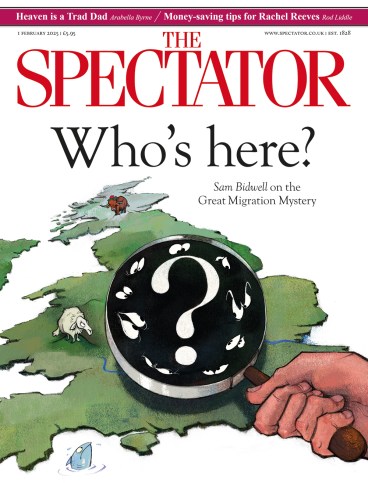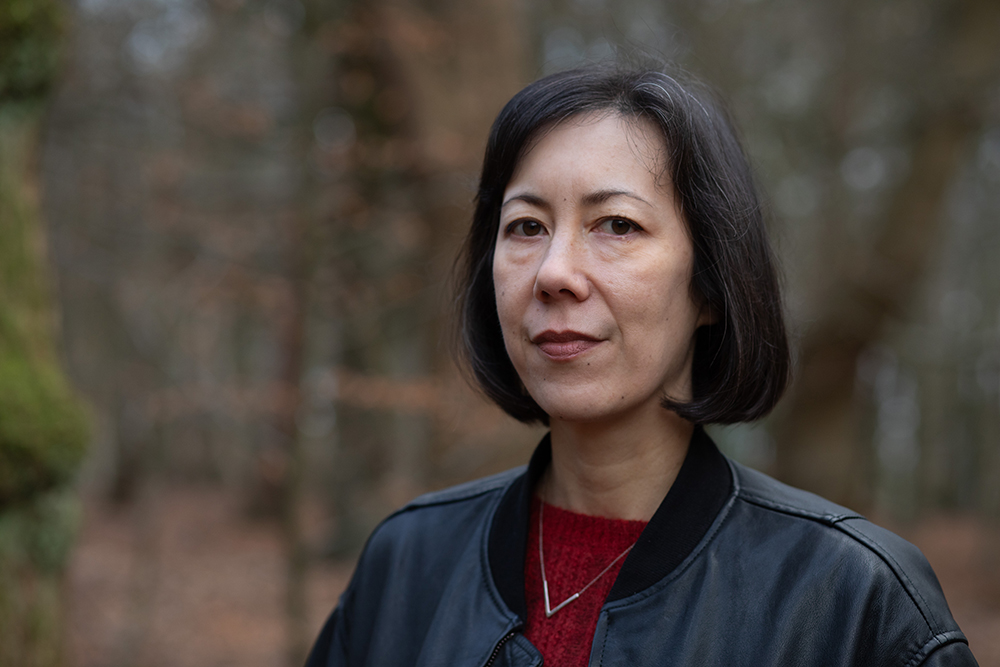
Susan Barker’s Old Soul opens with pages from a diary: ‘T’ records a late-night conversation with a woman known as ‘E’ as they watch Venus rise. While they talk, we learn that Venus ‘spins slowly, at the pace of a walking man’, so one day is longer than a year. E imagines she is there, walking towards a sun that never sets. When T says that sounds lonely, E is adamant it wouldn’t be.
This strange fragment sets the tone for a sinister horror story in which one woman – who goes by many names but is often simply ‘the woman’ – has an unnaturally prolonged life, serving an entity she calls the Tyrant, who has an appetite for human sacrifice and a taste for lost souls.
Old Soul braids two narrative strands to create a plot that spans centuries and continents but also takes place with propulsive urgency in the present day. One follows Jake, a primary school teacher trying to understand how his friend Lena died with her organs inexplicably reversed. ‘She’d been so alone,’ he recalls. ‘I doubted anyone ever thought of Lena any more, other than me.’ At Kansai airport, in Osaka Bay, he meets a woman who tells an eerily similar story about her estranged twin brother: the night he died, he called her to say he had ‘entered the mind of a higher dimensional god’, who had rearranged his organs so ‘they weren’t his any more’. By following leads from one victim to another, Jake uncovers more cases across the world, recording witness testimonies as he goes.
The other thread sees ‘the woman’ today, traversing the badlands, seeking a new victim. Although she is horrifying, her actions are not so hard to understand. She gestures to the urge for fame as a paler version of the longevity she has achieved. Elsewhere, a man on Avenue C yells: ‘You don’t got to fuck people over to survive.’ But people do, and ‘the woman’ has. She might not be ‘relatable’ (one would hope), but she’s recognisably human. I found myself feeling sorry for her as she starts to decompose, a process which is described as beginning with a ‘savage itch’.
As the plot plays out, the opening between E and T takes on new resonances, inviting a return to the beginning. The effect is an elegant circularity, which is fitting for a novel about someone who only wants to go on living, outpacing the sunset as she traverses the globe. This is an immersive and subtle horror story, weaving a delicately complex plot that leaves the reader with a lingering sense of unease.







Comments